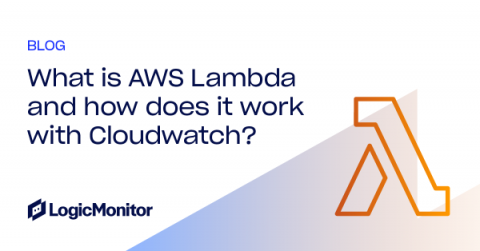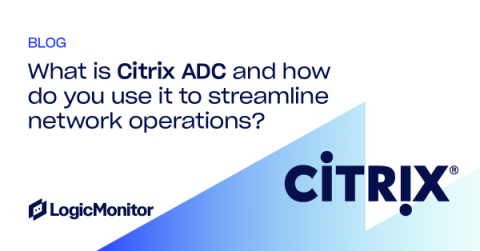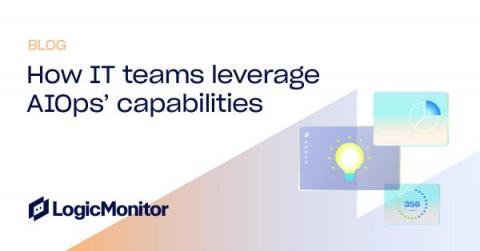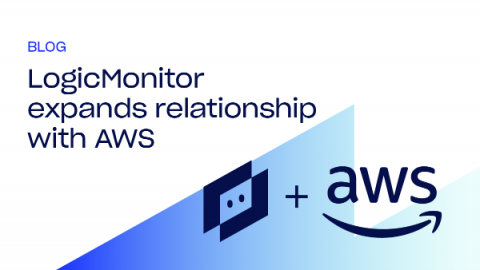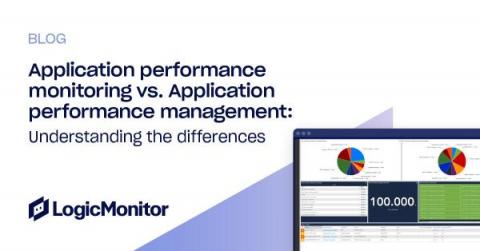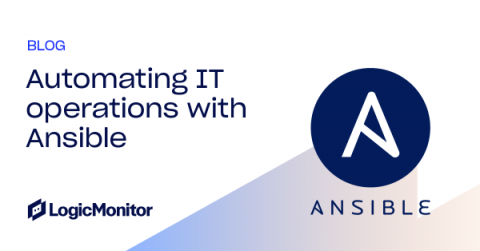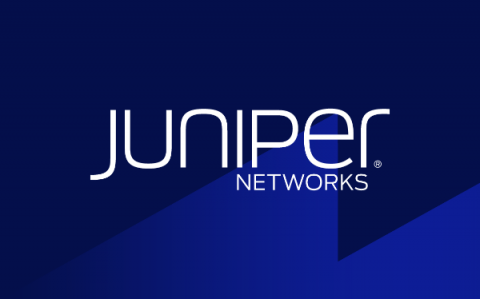Using UX and Observability to Track Application Health
UX (user experience) is a core factor that determines the success of an application or platform in a distributed system. Specifically, developers need to understand the infrastructure within an entire application stack to improve and refine the user experience to meet customer expectations without guesswork. System downtime remains a significant source of revenue and reputational losses for enterprises, employees, and customers.



